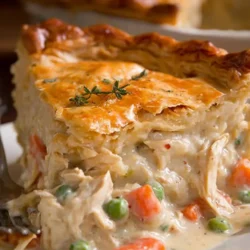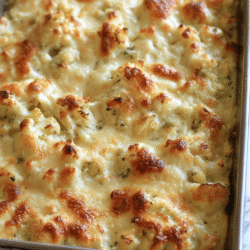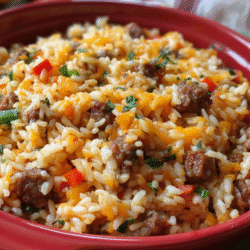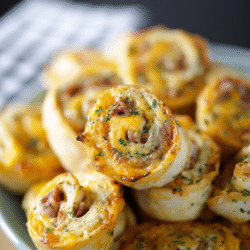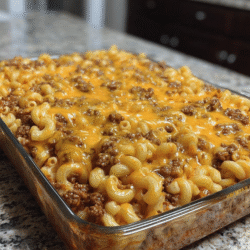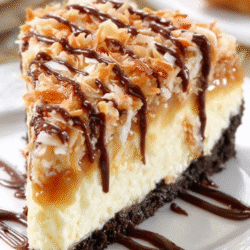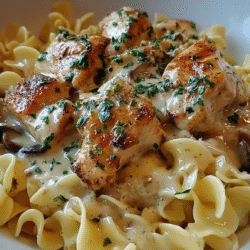WANT TO SAVE THIS RECIPE?
Cinnamon rolls, a time-honored indulgence that has undeniably embedded itself deep within the fabric of American culture, have a diverse and fascinating history. Originating from ancient times and nurturing the American palate since they made landfall, they constitute an integral part of breakfast tables and holiday feasts across the country. This write-up seeks to serve a delightful treat of information; tracing the evolution of cinnamon rolls, exploring its key ingredients and baking techniques, as well as showcasing an intriguing array of its variations. Whether you’re a baking enthusiast desiring to perfect your cinnamon roll, or a curious reader searching for an engrossing narrative, this discussion invites you to take a flavorful plunge into the world of these sweet, doughy rhapsodies of delight.
History and Evolution of Cinnamon Rolls
Origin and Early History of Cinnamon Rolls
Cinnamon rolls, also known as cinnamon buns, can trace their origins back to Sweden where they are called kanelbulle. The buns are a major culinary tradition in Sweden and even have a dedicated day, Kanelbullens dag, celebrated on October 4th annually. Traditionally, these buns incorporated cardamom, a spice native to India, but imported to Sweden by the Vikings. The use of cinnamon in baking was significantly influenced by the Middle Ages’ spice trade with Sri Lanka.
Historically, cinnamon was a luxury spice, primarily accessible to the elite or special occasions due to its high cost. With the advent of industrial milling in the 19th century, the production of flour and sugar became more affordable. This, coupled with the lowered cost of cinnamon, made cinnamon rolls readily available to the common public.
Arrival of Cinnamon Rolls in America
They made their way across the Atlantic with Swedish immigrants arriving in the late 19th and early 20th centuries who brought their culinary traditions to the United States. They quickly grew in popularity throughout the country owing to the unique, aromatic, and sweet taste.
Adaptations and Variations of Cinnamon Rolls
Over time, the recipe has been adapted to accommodate different local tastes and preferences in a variety of cultures. Depending on the region, you will find a series of twists on the classic cinnamon bun. For instance, in the United States, the rolls are often larger, drizzled with icing or cream cheese frosting. The Philadelphia-style cinnamon bun is another American variant known for its heavy use of raisins and/or currants.
In Finland, cinnamon rolls, or korvapuusti, are filled with a mix of ground cinnamon and granulated sugar, with some versions including a dash of cardamom. They are typically served with coffee or milk.
The UK features Chelsea buns, which have added dried fruit and sometimes even a glaze on top, in contrast to the plain dough and cinnamon mixture of traditional cinnamon rolls.
Understanding the Significance of Modern-Day Cinnamon Rolls
Today, cinnamon rolls have blossomed into a customary part of breakfast dishes and celebratory feasts across the United States. Whether home-baked or procured from an artisan bakery, these irresistible pastries topped with luscious icing have carved a secure place in American cuisine.
As trends in diet and an inclination towards health consciousness have emerged in recent years, we have witnessed the rise of healthier alternatives to traditional cinnamon rolls. Staples on the menu now include vegan and gluten-free variants and even versions with reduced sugar content. However, regardless of these adaptations, the quintessential charm of a cinnamon roll – a delightful balance of sweet, spicy, and comforting – stays intact.
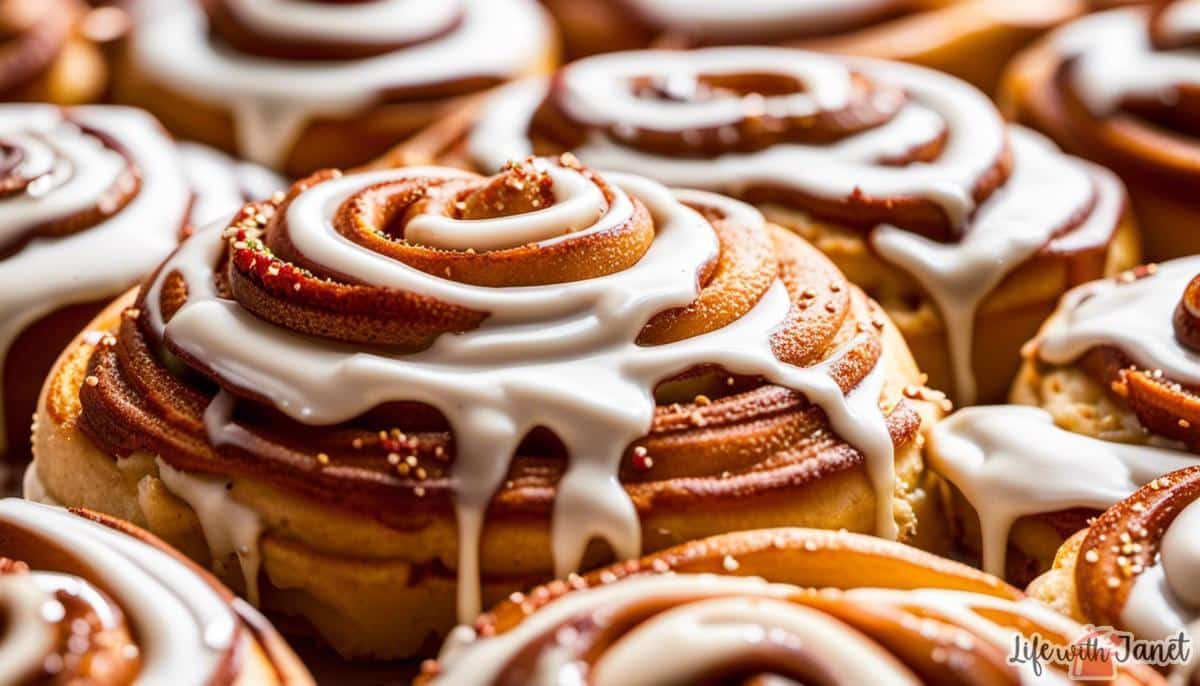
Basic Ingredients and Baking Techniques for Cinnamon Rolls
Preparation of Cinnamon Roll Dough: From Gathering Essentials to Implementing Techniques
The edible art of creating cinnamon rolls begins with the preparation of the dough, which requires key ingredients such as flour, salt, sugar, milk, butter, egg, and yeast. Flour acts as the foundation of the dough, lending it structure and form, while sugar plays a dual role, sweetening and nourishing the yeast for the fermentation process that causes the dough to rise.
Yeast is an indispensable component of the cinnamon roll dough. It’s a living entity that ferments dough sugars and achieves the characteristic fluffiness of the cinnamon rolls. Milk, warm but not hot, is used to awaken the yeast and butter renders the dough rich and moist.
Of equal importance is the kneading process, responsible for developing gluten in the flour. This results in an elastic texture that enables the dough to retain the gases released by the yeast during fermentation. Afterward, the dough is usually set to proof – a resting phase that allows further fermentation and causes the dough to expand in size.
Cinnamon Roll Filling: A Simple Yet Flavorful Component
Cinnamon and brown sugar form the heart of the cinnamon roll filling, providing an intense, aromatic, and sweet flavor. The two are mixed together and generously sprinkled over the rolled-out dough. The butter in the filling serves to convey these flavors, allowing the sugar and cinnamon to evenly distribute and melt during baking, and it creates the gooey texture signature of this roll.

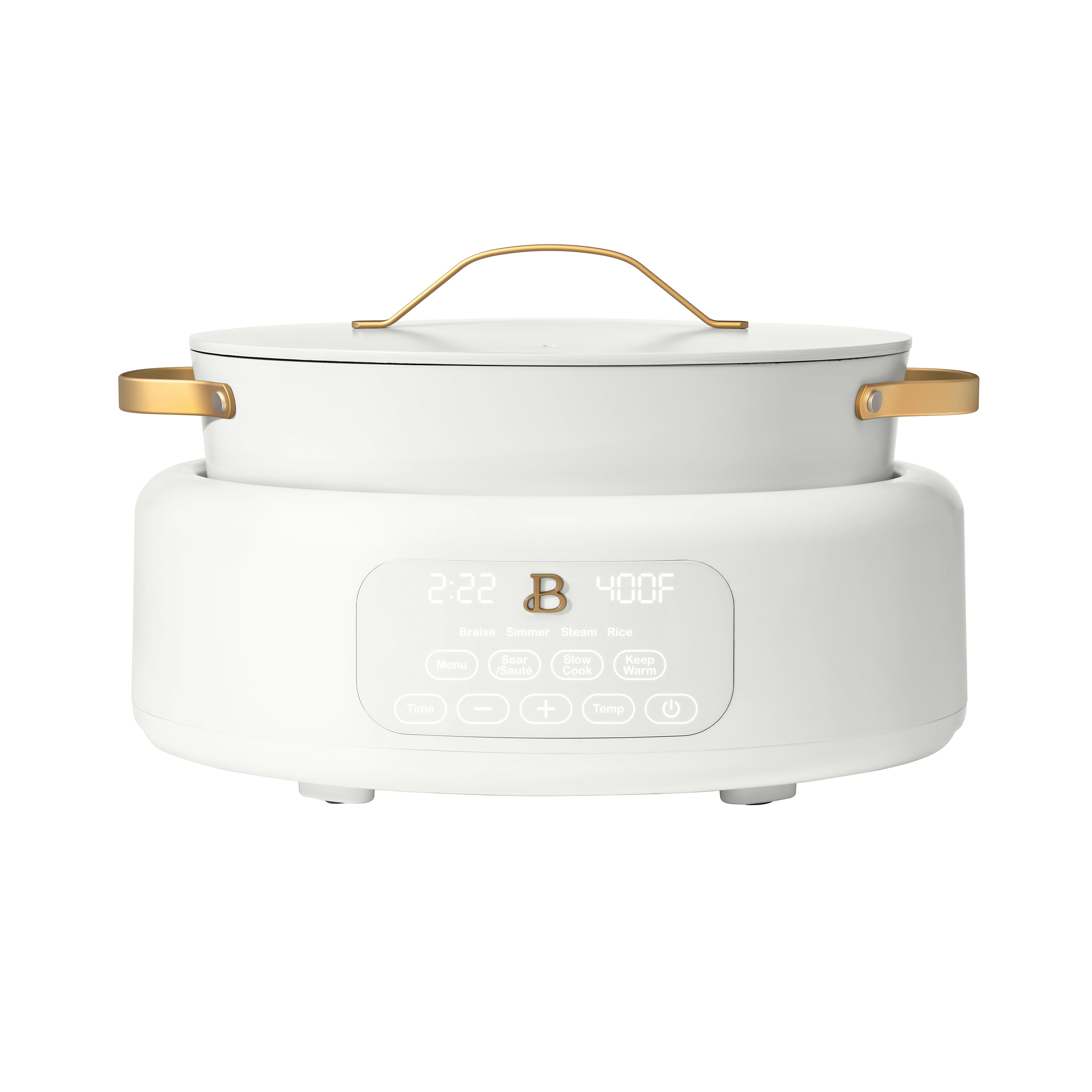

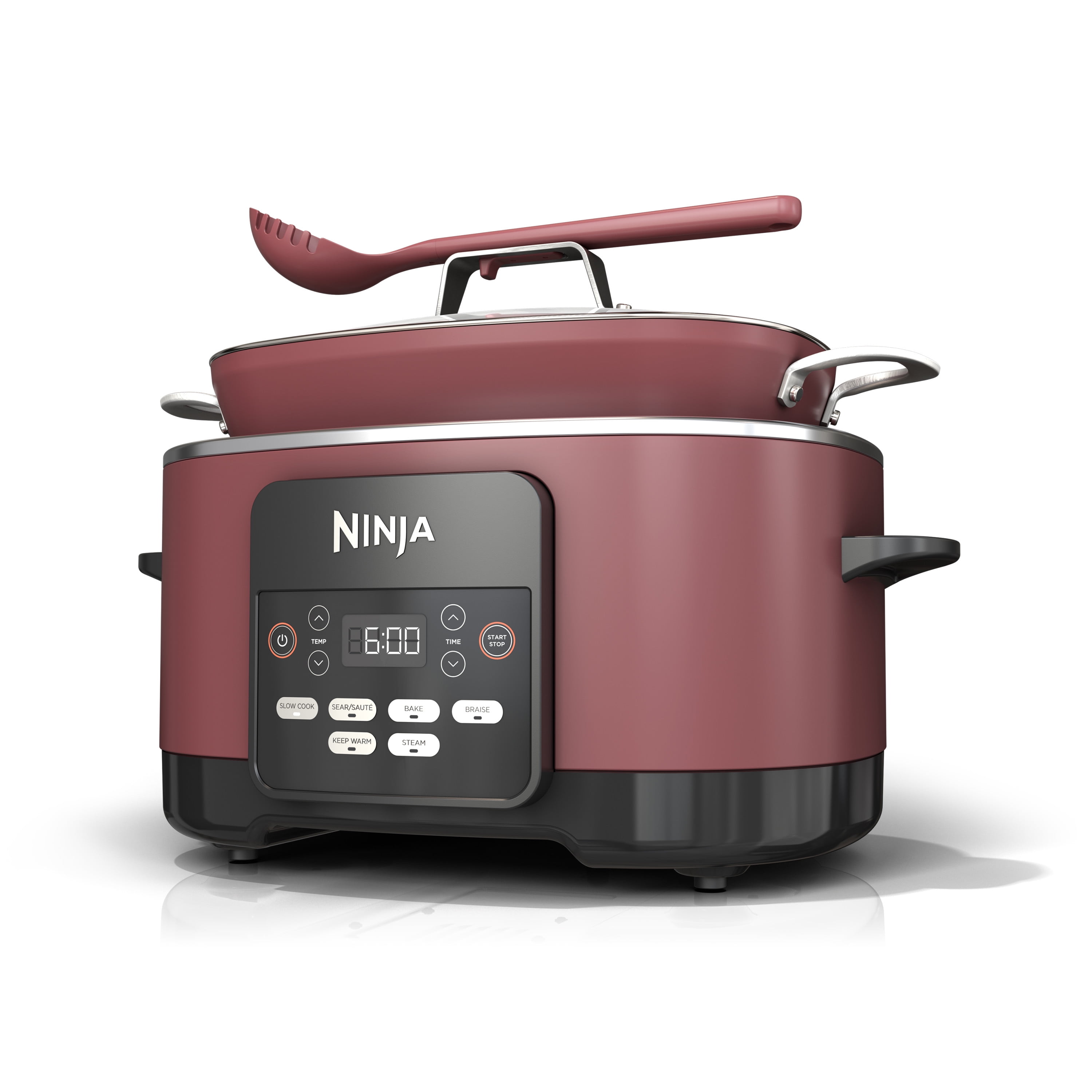
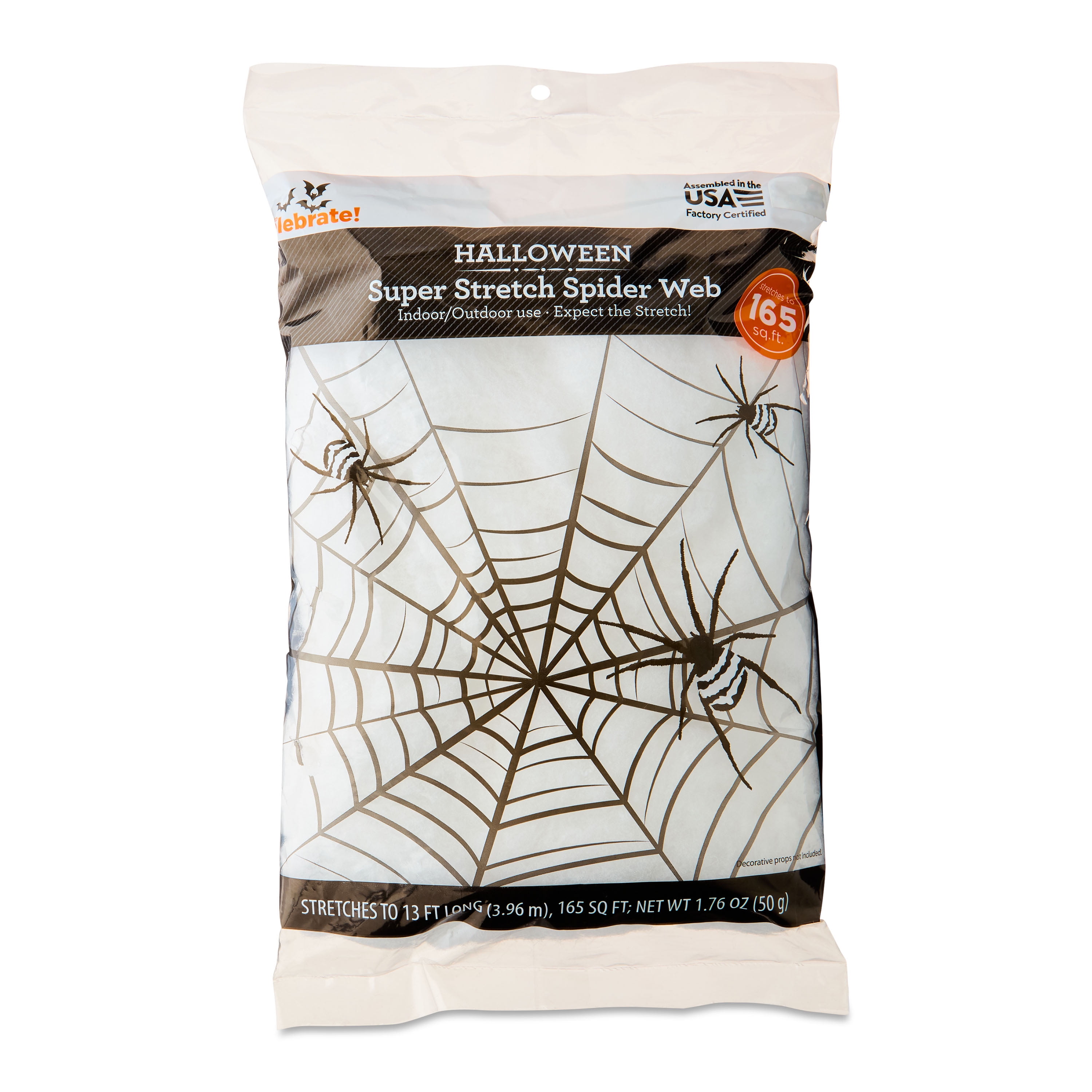

Techniques for Rolling and Baking: Achieving the Perfect Spiral Shape and Flavor
Once the filling covers the dough, it is rolled into a tight spiral. This technique not only creates the classic cinnamon roll shape, but also ensures each bite contains the perfect balance of dough and filling.
The baking process itself requires a carefully heated oven, with most recipes calling for a temperature around 350 degrees Fahrenheit. This slow, moderate heat allows the dough to fully bake without quickly burning the sugar in the filling.
The Finishing Touch to Perfect Cinnamon Rolls: Smooth, Creamy Icing
It is the final layer of icing that truly completes a cinnamon roll. Typically comprising of powdered sugar, milk or cream, and often a hint of vanilla, this icing delivers a creamy and smooth sensation. The use of powdered sugar ensures a fine texture that dissolves effortlessly, facilitating a velvety touch.
Furthermore, the hint of vanilla incorporated into the glazing adds another level of flavor. It offsets the sweetness of the icing while enhancing its taste. The texture of this icing, whether a thick frosting or a thin glaze, is managed by the amount of milk or cream included. Applied while the rolls are still warm, the icing melts and seeps into the intricacies of the roll, thus augmenting its overall flavor profile.
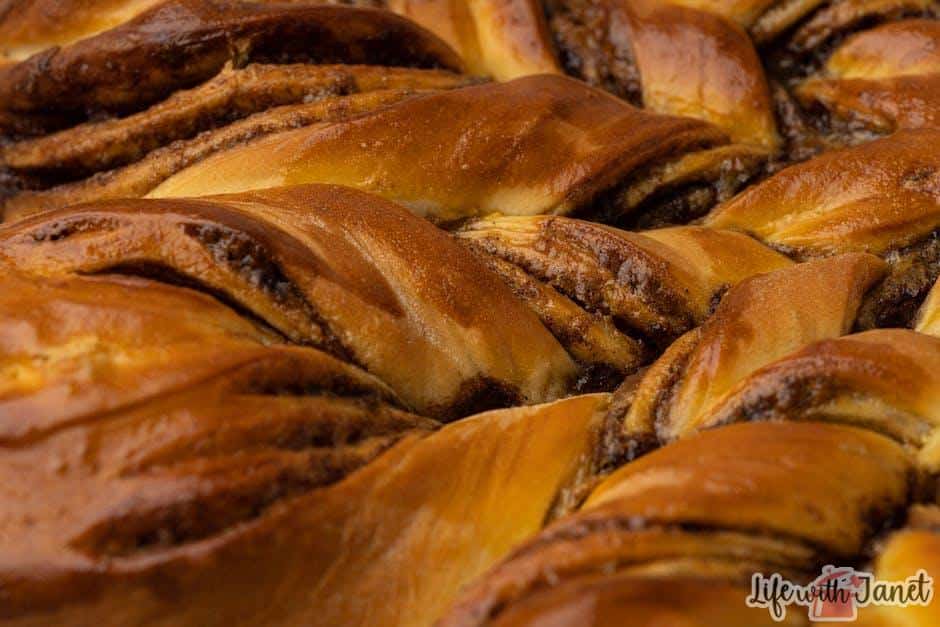
Different Variations of Cinnamon Rolls
A Twist to Traditional Cinnamon Rolls
While a typical cinnamon roll consists of dough, cinnamon, sugar, and usually a layer of sweet icing, many innovative cooks and chefs have taken it a step further by introducing unique twists to this classic treat. A widely seen variation includes infusing apple pie filling into the mix. With the sweetness and tartness from the apples and the characteristic spicy effect of cinnamon intermingling, a treat that is truly tantalizing is created. This variation has gained considerable popularity during the autumn season, the time of apple abundance.
Chocolate Chips and Pecan Cinnamon Rolls
Another beloved adaptation of the classic cinnamon roll includes adding chocolate chips or pecans. The addition of semi-sweet chocolate chips adds a layer of richness and indulgence to the rolls. When these chips melt during baking, they create pockets of melty chocolate throughout the roll. On the other hand, pecans provide a warm, nutty flavor and a crunchy texture that contrasts beautifully with the softness of the dough.
Gluten-Free and Vegan Variations
There are also several adaptations for those with dietary restrictions. Gluten-free cinnamon rolls can be made using almond flour or a gluten-free mix. This variation is a great choice for those with celiac disease or a gluten intolerance. However, due to the different nature of gluten-free flours, these rolls may be denser than the traditional ones.
Vegan cinnamon rolls are another popular variation. These can be made by substituting dairy milk with a non-dairy alternative like almond or soy milk, and using a vegan butter substitute. Some recipes even recommend using a flaxseed mixture as an egg replacement. Despite these changes, vegan cinnamon rolls can still be just as tasty and satisfying as their non-vegan counterparts.
Unlimited Possibilities with Cinnamon Rolls
It’s evident that there are many possibilities when it comes to cinnamon roll variations. Ingredients like raisins, orange zest, pumpkin puree, and more can be mixed into the dough or filling to create unique flavor profiles. Additionally, alternative frostings like cream cheese icing or caramel drizzle can take the standard roll to a whole new level. Regardless of the variation chosen, the key is to keep the iconic cinnamon flavor at the forefront.
Therefore, it’s fair to say that the humble cinnamon roll is far from a one-note pastry. Whether you keep it simple, embrace seasonal flavors, or cater to dietary restrictions, the flexibility of the cinnamon roll ensures it can be enjoyed every which way.

Having traversed through the enticing journey of cinnamon rolls, it’s fascinating to notice how this simple yet decadent treat has evolved through the years. The magic of cinnamon rolls lies not merely in their oh-so-familiar comforting taste but also in their remarkable ability to adapt and delight with new flavors, paving way for countless culinary experiments. From their humble beginnings to their irreplaceable status in American cuisine, and from their basic ingredients to the exciting variations, cinnamon rolls are indeed a testament to culinary evolution. Just as they have stood the test of time, may your bond with these spirals of joy continue to deepen, inspiring more delightful experiences in your kitchen and beyond.
Writio: The AI content writer for your website. This informative post was written by Writio, the ultimate writing companion.

